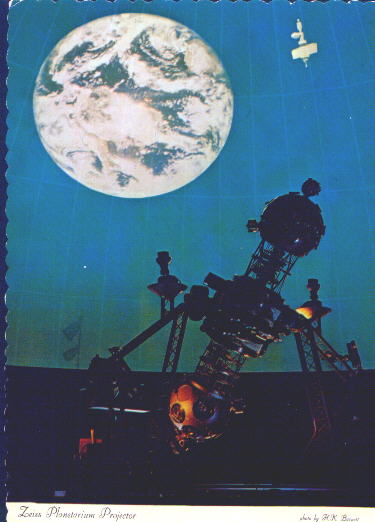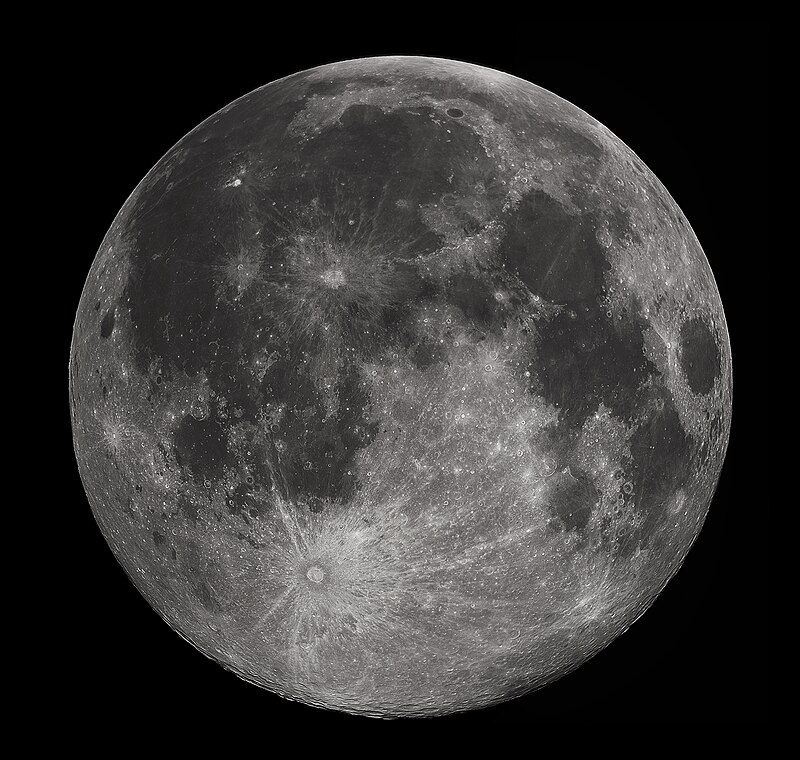 A new ScienceCast video previews the competition between the SuperMoon of August and the 2014 Perseid meteor shower. Play it (Image / Video Source: NASA Science News)
By Glenn A. Walsh
Reporting for SpaceWatchtower
A new ScienceCast video previews the competition between the SuperMoon of August and the 2014 Perseid meteor shower. Play it (Image / Video Source: NASA Science News)
By Glenn A. Walsh
Reporting for SpaceWatchtower
The time of posting of this blog post (August 12, 8:00 p.m. EDT / August 13, 0:00 Coordinated Universal Time) is the actual peak time of the the most famous and best observed meteor shower of the year. The Perseid Meteor Shower always peaks sometime during the night / early morning of August 12 to 13.
During the peak time, often 50 to 80 meteors can be seen per hour, if observing conditions are ideal. To see these meteors you need to be away from city lights, as
artificial lighting can often drown-out the dimmer meteors.
However, the "SuperMoon," a Full Moon at the closest point to the Earth in 2014, which occurred this-past weekend, means that some of the dimmer meteors will be drowned-out by the brightness of this so-called SuperMoon. But, the Perseid Meteor Shower is one of the year's best meteor showers for fireballs, huge meteors which seem to explode in the upper atmosphere; so these can be seen even in bright moonlight.
The debris which forms the Perseid Meteor Shower comes from the Comet Swift Tuttle, which swings into the inner part of our Solar System every 133 years, leaving behind a trail of dust and grit.
Although the time of this blog posting is the peak of the Perseid Meteor Shower, it is hardly the best time for viewing meteors in North America, considering that the vast majority of the continent has not yet experienced sunset this day. However, even after sunset, you may want to wait a little while before going out to look for meteors. The best time to view a meteor shower is always between local midnight and dawn, when our planet is actually rotating into the meteor shower.
Binoculars and telescopes are not very useful for finding meteors.
Meteors streak across the sky in a very short period of time, too short
to aim binoculars or a telescope. So, the best way to view a meteor
shower is to lie on the ground, in an area with a good view of the entire
sky (with few obstructions such as buildings, trees or hills), and keep
scanning the entire sky.
Meteor showers appear to emanate from a radiant point in the sky. For
the Perseid Meteor Shower, the radiant appears to be the Constellation Perseus.
However, you should not, necessarily, be looking only at Perseus, when
looking for meteors in this shower. Meteors can appear in any part of
the sky at any time.
Of course, meteor showers. like all celestial observations, are
weather-permitting. If the weather in your area does not permit direct
viewing outdoors of this meteor shower, it can be viewed during special
web-casts at a couple sites on the Internet.
Internet Sites to View the Perseid Meteor Shower Near Peak, August 12 to 13:
Slooh Community Observatory: Link >>> http://live.slooh.com/
NASA Marshall Spaceflight Center:
Link >>> http://www.nasa.gov/watchtheskies/perseids-2014.html
NASA Science News - Perseid Meteors vs. the Supermoon:
Link >>> http://science.nasa.gov/science-news/science-at-nasa/2014/28jul_perseids2014/
History of the Perseid Meteor Shower:
Link >>> http://meteorshowersonline.com/perseids.html
Related Blog Posts ---
Another 'SuperMoon' (2014 Aug. 9):
Moon Set Favors July Meteor Shower; Also Web-Casts (2014 July 26):
Source: Glenn A. Walsh, Reporting for SpaceWatchtower, a project of Friends of the Zeiss.
Want to receive
SpaceWatchtower blog posts in your inbox ?
Send request to <
spacewatchtower@planetarium.cc
>..
gaw
Glenn A. Walsh, Project Director,
Friends of the Zeiss <
http://buhlplanetarium.tripod.com/fotz/
>
Electronic Mail - <
gawalsh@planetarium.cc
>
SpaceWatchtower Blog: <
http://spacewatchtower.blogspot.com/
>
Also see: South Hills Backyard Astronomers Blog: <
http://shbastronomers.blogspot.com/ >
Barnestormin: Writing, Essays, Pgh. News, & More: <
http://www.barnestormin.blogspot.com/ >
About the SpaceWatchtower Editor / Author: <
http://buhlplanetarium2.tripod.com/weblog/spacewatchtower/gaw/ >
SPACE & SCIENCE NEWS, ASTRONOMICAL CALENDAR:
<
http://buhlplanetarium.tripod.com/#news
>
Twitter: <
https://twitter.com/spacewatchtower
>
Facebook: <
http://www.facebook.com/pages/SpaceWatchtower/238017839577841?sk=wall
>
Author of History Web Sites on the Internet --
* Buhl Planetarium,
Pittsburgh:
<
http://www.planetarium.cc >
*
Adler Planetarium, Chicago:
<
http://adlerplanetarium.tripod.com
>
* Astronomer, Educator, Optician John A. Brashear:
<
http://johnbrashear.tripod.com >
*
Andrew Carnegie & Carnegie Libraries:
<
http://www.andrewcarnegie.cc >
* Civil War Museum of Andrew Carnegie Free Library:
<
http://garespypost.tripod.com >
*
Duquesne Incline
cable-car railway, Pittsburgh:
<
http://inclinedplane.tripod.com
>
* Public Transit:
<
http://andrewcarnegie2.tripod.com/transit
>













